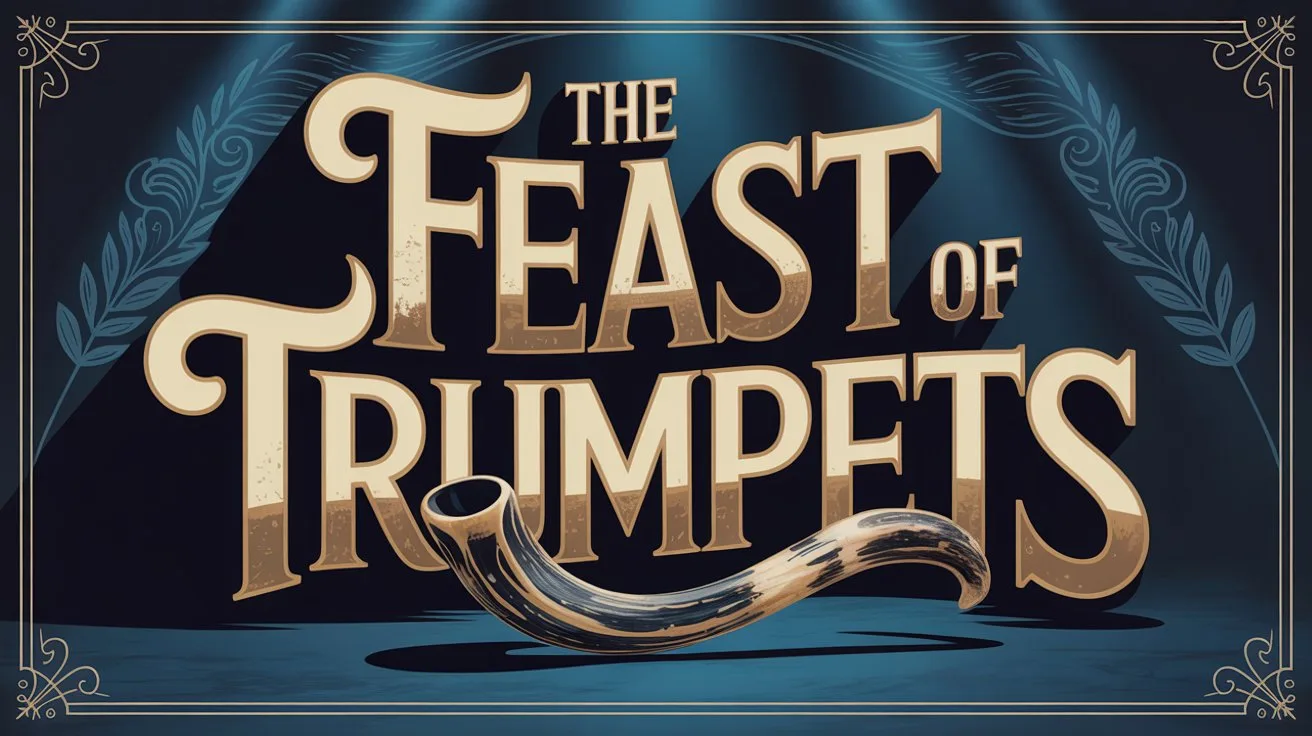Daniel’s vision of the four beasts is found in Daniel 7, a prophetic dream given to him during the reign of Belshazzar, king of Babylon. In the vision, Daniel saw four great beasts coming up from the sea, each different from the other (Daniel 7:3).
The first was like a lion with eagle’s wings; the second was like a bear raised up on one side, holding three ribs in its mouth; the third was like a leopard with four wings and four heads; and the fourth was dreadful and terrible, exceedingly strong, with iron teeth and ten horns (Daniel 7:4-7). This last beast was unlike the others: ferocious, devouring, and trampling everything in its path.
These beasts represent four successive kingdoms that would rise from the earth. They correspond to the same sequence of empires symbolized in Nebuchadnezzar’s statue in Daniel 2: Babylon (lion), Medo-Persia (bear), Greece (leopard), and Rome (terrible beast). The fourth beast had ten horns, symbolizing kings or kingdoms, and then another “little horn” arose, speaking pompous words and making war against the saints (Daniel 7:8, 21).
Daniel’s vision culminates not with the terror of the beasts but with the triumph of the Son of Man. Daniel 7:13-14 says, “One like the Son of Man… came to the Ancient of Days… Then to Him was given dominion and glory and a kingdom, that all peoples, nations, and languages should serve Him.” This is a direct prophecy of Jesus Christ, who will rule an everlasting kingdom.
The vision shows that earthly empires rise and fall, often marked by violence and pride, but God’s kingdom will endure forever, ruled in righteousness by the Messiah.







